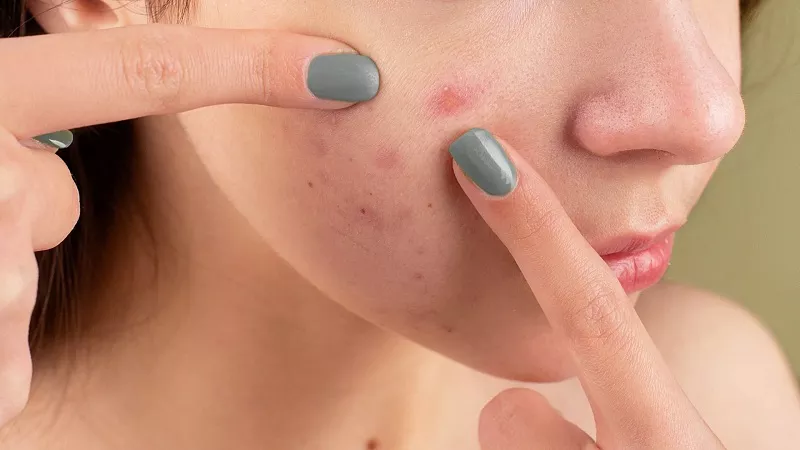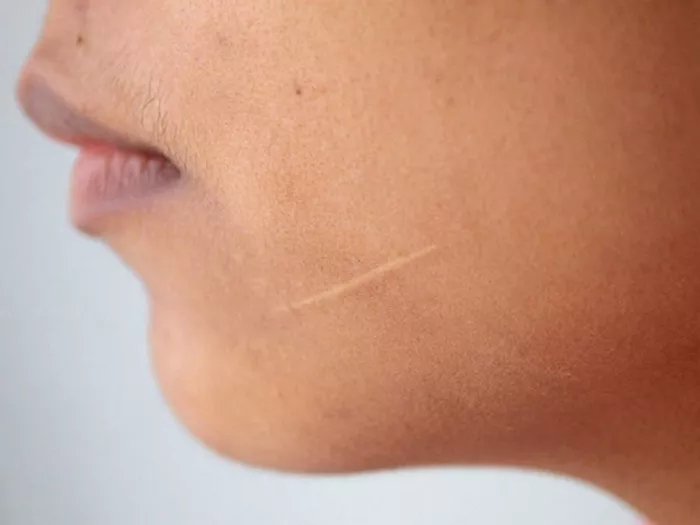In the world of skincare, there are countless products and treatments that promise to improve your complexion, hydrate your skin, or tackle specific concerns like acne, wrinkles, or dryness. One such product that often comes up in skincare routines is the facial mask. Masks are often seen as luxurious treats for the skin, but their benefits extend far beyond that, offering targeted care for various skin issues. However, one common question that many people ask is: when should I apply a mask in my daily skincare routine?
A facial mask can be an essential part of your skincare arsenal, but its effectiveness depends on proper timing and the right method of application. In this article, we will explore when to apply a mask in your skincare routine, how to choose the right type of mask for your skin’s needs, and the benefits that masks can bring to your skin when used correctly.
Why Are Masks an Essential Part of Skincare?
Before we dive into the specifics of when to apply a mask, it’s important to understand why facial masks are such an essential part of a skincare regimen. Facial masks are formulated with a variety of ingredients that work in different ways to address specific skin concerns. Whether you are looking to hydrate dry skin, calm irritation, detoxify clogged pores, or brighten dull skin, there is likely a mask designed to address those needs.
Masks can provide deep nourishment to the skin by delivering potent active ingredients that may not be easily absorbed through daily serums or moisturizers. Depending on the type of mask, they can also help draw out impurities from the skin, such as excess oils, dirt, and toxins. Masks can give your skin a boost in ways that a standard skincare routine cannot, making them a valuable addition to your skincare ritual.
However, knowing when to apply a mask and how to incorporate it into your routine is essential for getting the maximum benefits from the product. Let’s explore when is the best time to apply a mask in your skincare routine.
When Should You Apply a Mask?
After Cleansing Your Skin
The most important step in your skincare routine is to start with a clean face. Cleansing your skin removes dirt, oil, makeup, and any other impurities that might be on the surface of your skin. If your skin is not properly cleansed, it can prevent the mask from penetrating the skin effectively.
Once your skin is clean, your pores are open and ready to receive the active ingredients in the mask. This is why cleansing is a crucial step before applying any type of mask. Whether you use a cream, clay, sheet, or peel-off mask, it’s important that your skin is free from makeup and impurities. A gentle cleanser that suits your skin type should be the first step in your routine before applying a mask.
After Exfoliation (Optional)
Exfoliating is an optional but highly beneficial step before applying a mask. Exfoliation removes dead skin cells from the surface, which can help improve the absorption of the mask. When your skin is free of dead skin, it allows the mask to penetrate more deeply and provide better results.
If you choose to exfoliate, it’s best to do so before applying the mask, but not every day. Over-exfoliating can lead to skin irritation and sensitivity. Exfoliation can be done once or twice a week, depending on your skin type and the exfoliating product you are using. Always follow up with a mask afterward to nourish and treat your skin.
Before or After Applying Toner
Whether you apply toner before or after using a mask depends on the type of mask you are using. Some people prefer to apply a toner right after cleansing, as it helps balance the skin’s pH levels and prepares the skin for better absorption of active ingredients. On the other hand, many people choose to apply a toner after masking, as it helps to restore hydration and calm the skin after the deep treatment.
If you are using a hydrating or soothing mask, applying a toner beforehand can help your skin absorb moisture and calm any irritation. For detoxifying or purifying masks, applying a toner afterward can help close the pores and prevent any impurities from getting trapped in the skin.
When to Use a Mask in the Morning vs. Evening
While masks can be used at any time of day, the time of day you choose to apply a mask can depend on your skin’s needs and your personal preferences.
Morning Masks: If you want to refresh your skin, energize your complexion, or prepare your skin for makeup, you may opt for a mask in the morning. Brightening masks, hydrating masks, or masks with antioxidants are great choices in the morning to give your skin a healthy glow and protect it from environmental stressors throughout the day.
Evening Masks: Evening masks are ideal for deep cleansing, rejuvenating, or repairing the skin. Since your skin has been exposed to environmental stressors throughout the day, applying a nourishing mask before bedtime can help your skin repair itself. If you use a treatment mask like a clay mask or overnight mask, evening is the best time to apply them, allowing the mask to work while you sleep.
Frequency of Mask Usage
The frequency with which you use a mask depends on your skin type and the type of mask you are using. For example, clay masks can be drying, so they should only be used once or twice a week if you have dry or sensitive skin. On the other hand, hydrating or moisturizing masks can be used more frequently, even every day if your skin is dry or in need of extra hydration.
In general, it’s best to use a mask 1-3 times per week, unless you are using a hydrating or calming mask that is safe for daily use. Always read the instructions on the product to ensure that you are using it correctly and not overloading your skin with active ingredients.
Timing for Leaving a Mask on Your Skin
While applying a mask, it’s important to follow the recommended duration for leaving it on your skin. Leaving a mask on for too long can sometimes irritate the skin, especially with masks that contain active ingredients such as acids or retinol. On the other hand, not leaving the mask on long enough may prevent it from working effectively.
Most masks require anywhere from 10 to 20 minutes of application. However, you should always check the instructions on the packaging to be sure. Once the mask has completed its recommended time, gently remove it by following the specific directions, such as rinsing with lukewarm water or peeling it off.
Types of Masks and When to Use Them
Understanding the different types of masks available can also help you decide when to incorporate them into your routine. Here are some of the most common types of masks and their benefits:
Clay Masks: Ideal for oily and acne-prone skin, clay masks help absorb excess oil, detoxify, and purify the skin. These masks work best when used 1-2 times a week after cleansing and exfoliating.
Sheet Masks: Sheet masks are soaked in a serum and are designed to hydrate, soothe, and brighten the skin. They can be used in the morning or evening and are great for providing instant hydration.
Peel-off Masks: These masks dry on your skin and can be peeled away to reveal smoother skin. They are often used for removing impurities and dead skin. These masks should be used once a week to avoid irritation.
Gel Masks: Gel masks are soothing and hydrating, ideal for sensitive or dry skin. They can be used in the morning or evening for an added boost of moisture and are especially great after sun exposure.
Exfoliating Masks: These masks contain ingredients like alpha-hydroxy acids (AHAs) or beta-hydroxy acids (BHAs) that gently exfoliate the skin. They are typically used 1-2 times a week, after cleansing but before applying toner or a hydrating mask.
Conclusion
In conclusion, applying a mask at the right time in your skincare routine is crucial for getting the most out of it. Cleansing your skin first, followed by exfoliation and then applying your mask, ensures that your skin is ready to absorb the active ingredients. Whether you choose to mask in the morning or evening, knowing when to incorporate a mask into your routine based on your skin’s needs and the type of mask you are using is essential for optimal results. Always listen to your skin and adjust your routine accordingly, so you can reap the benefits of healthy, glowing skin.
Related Topics




























